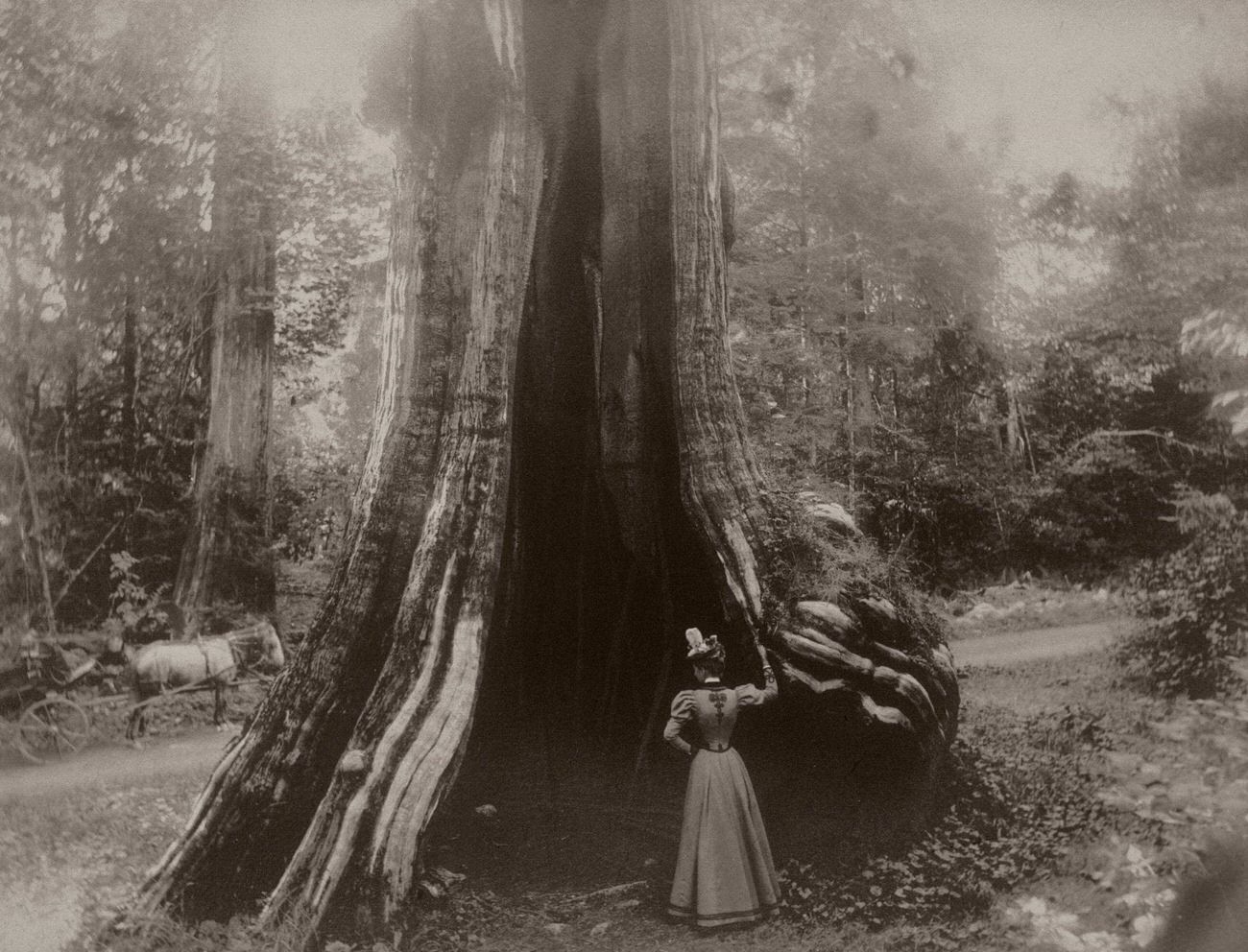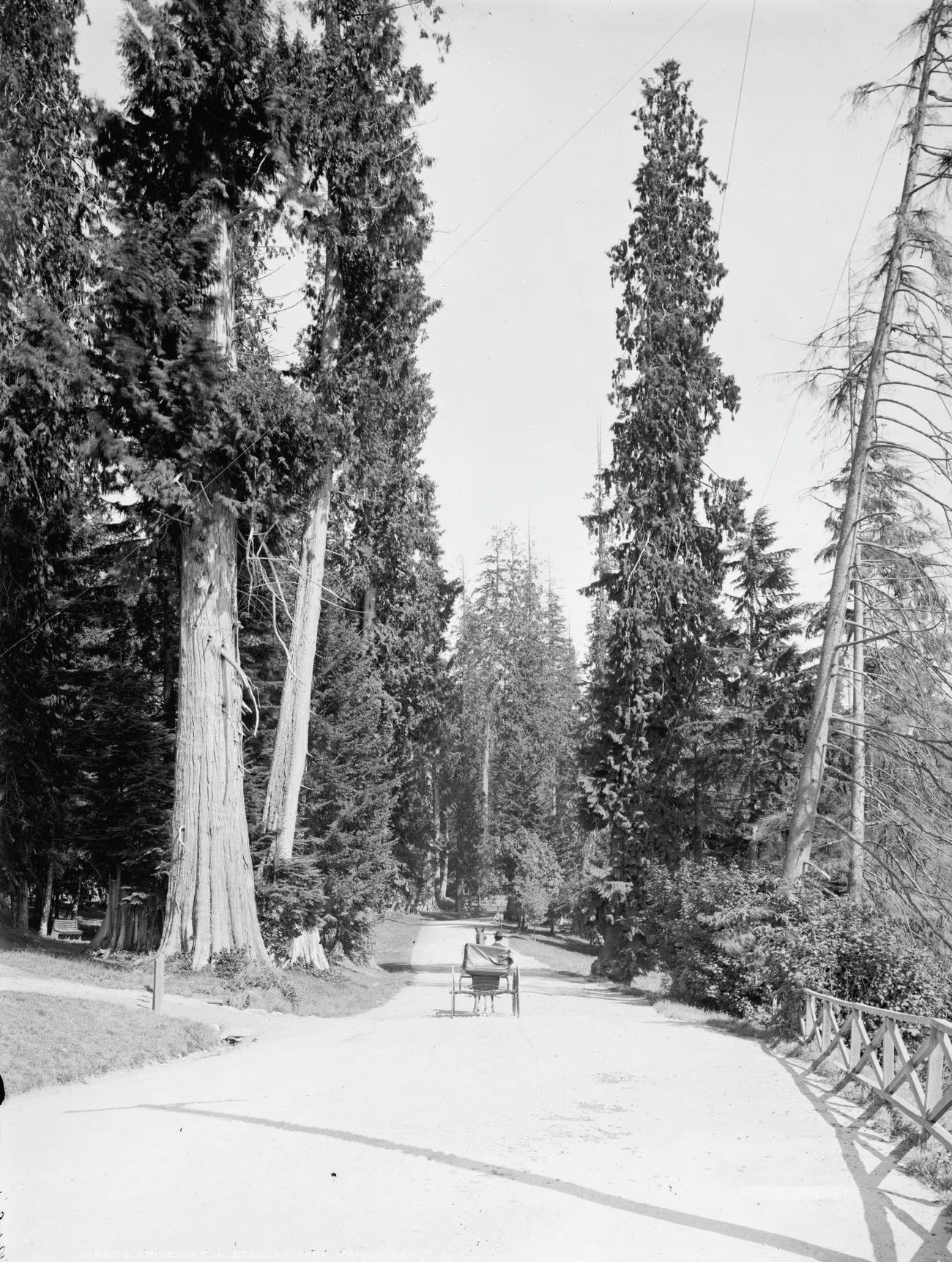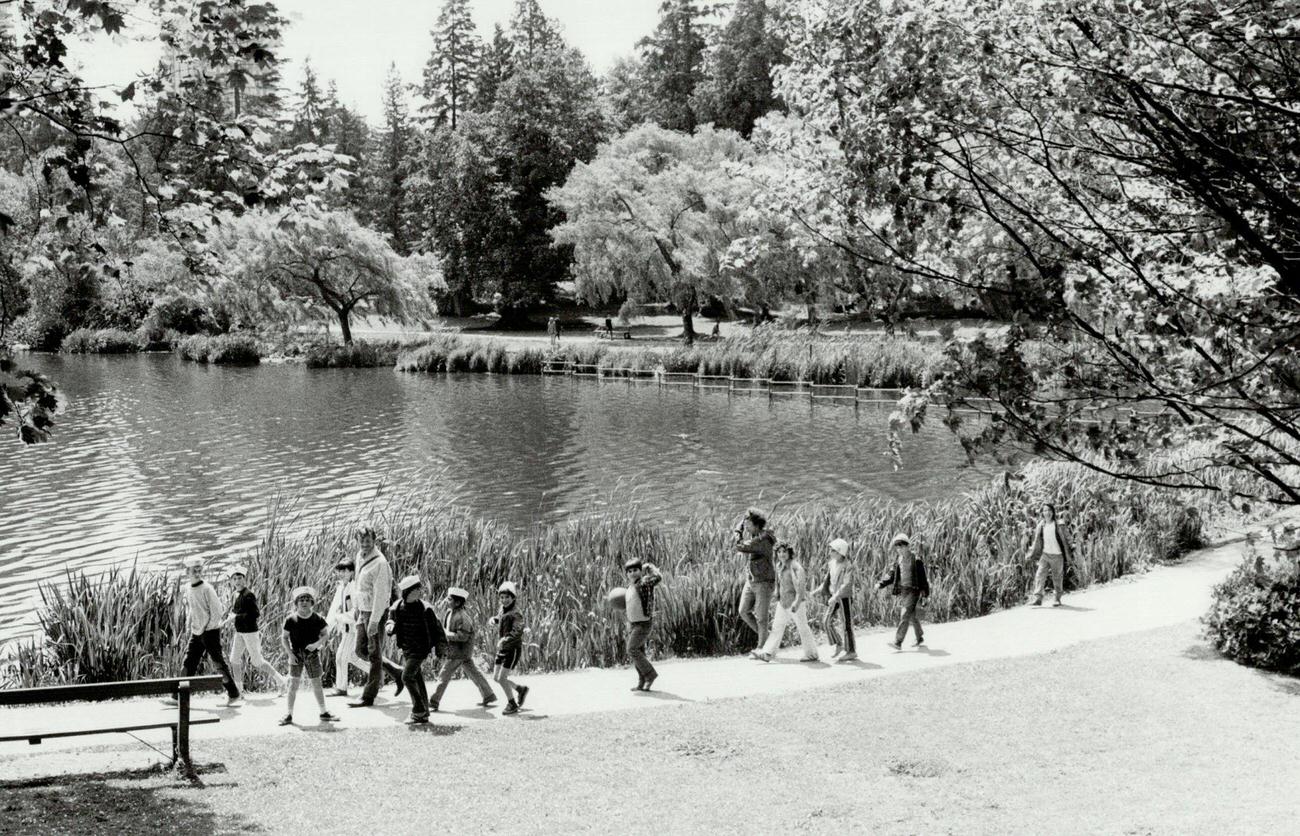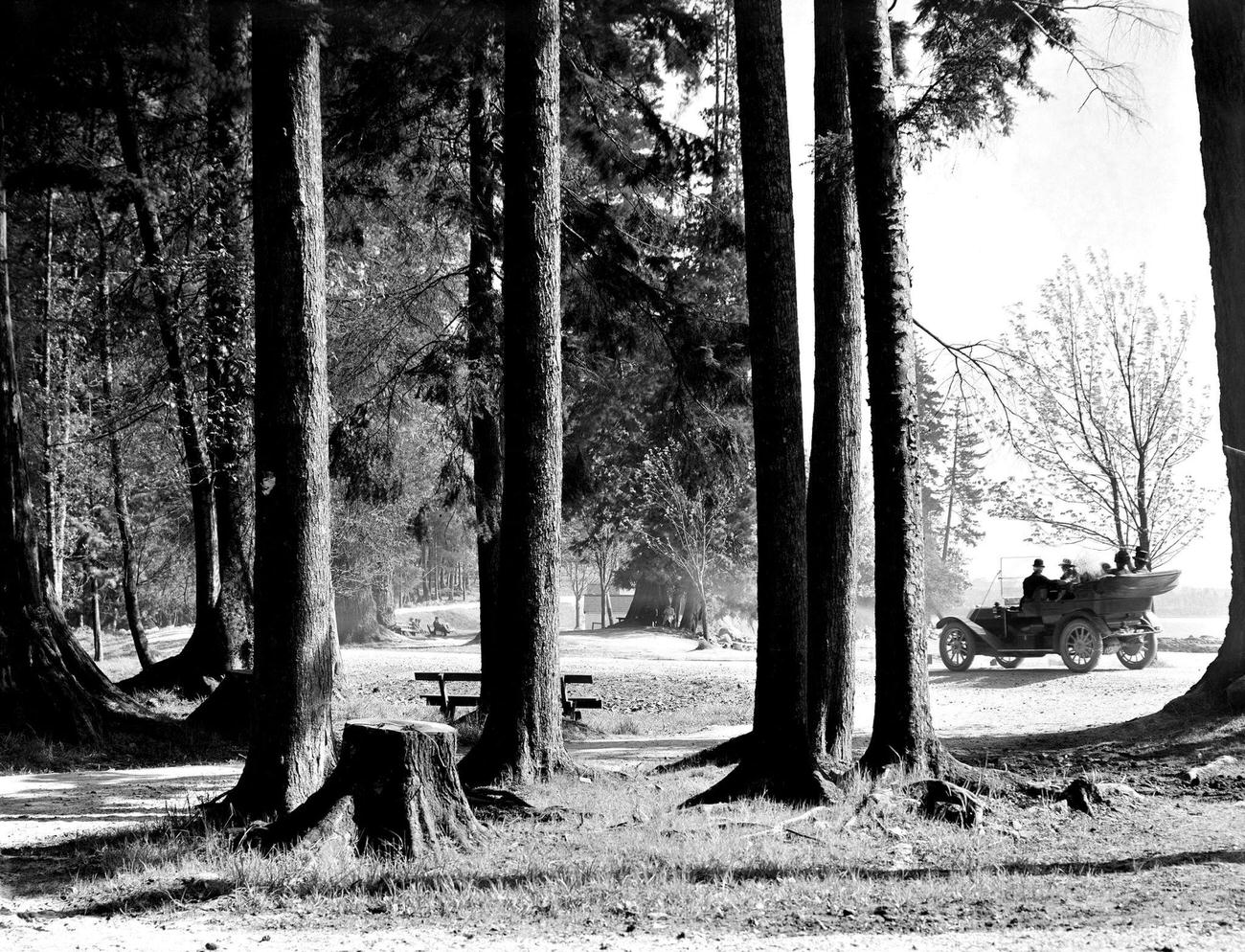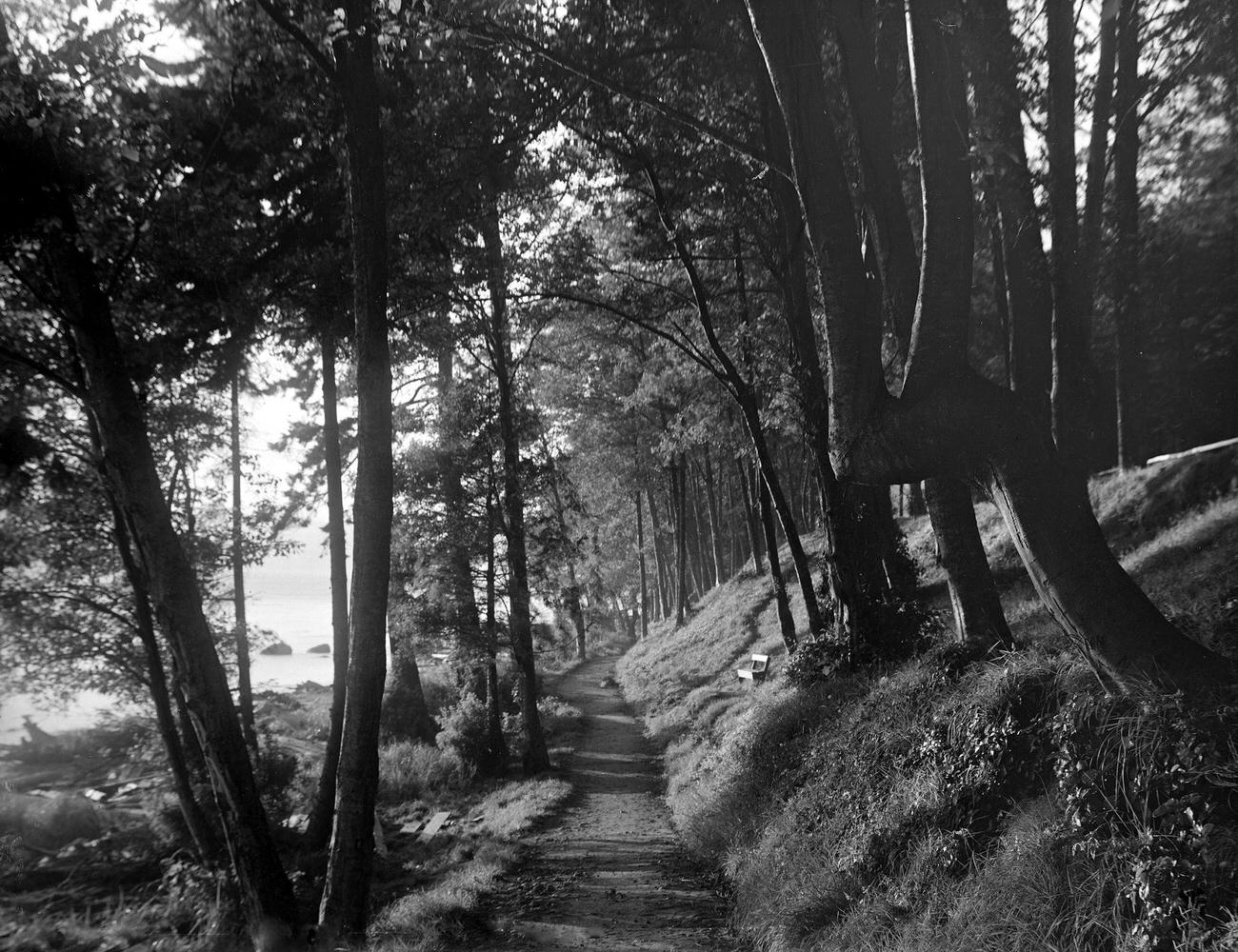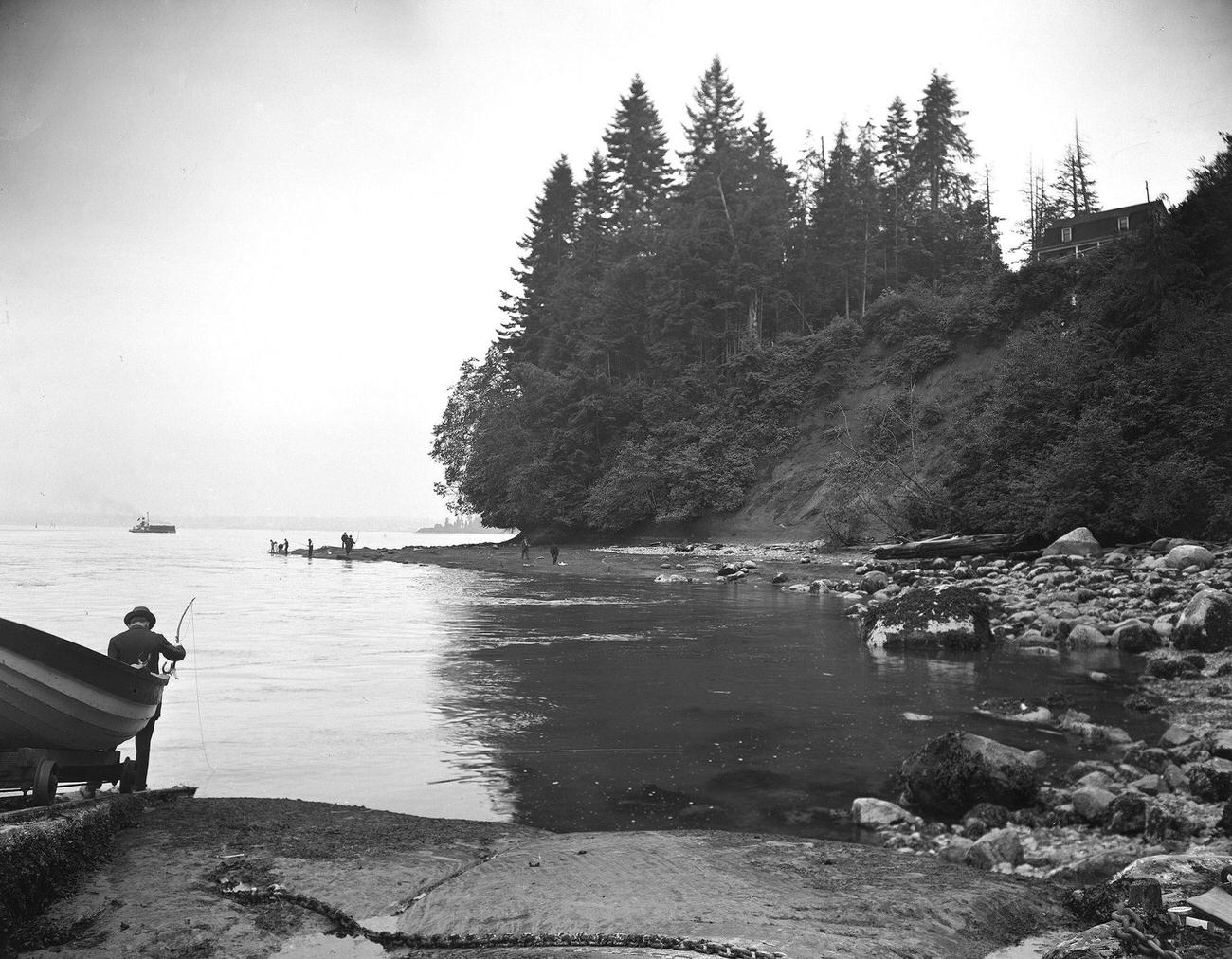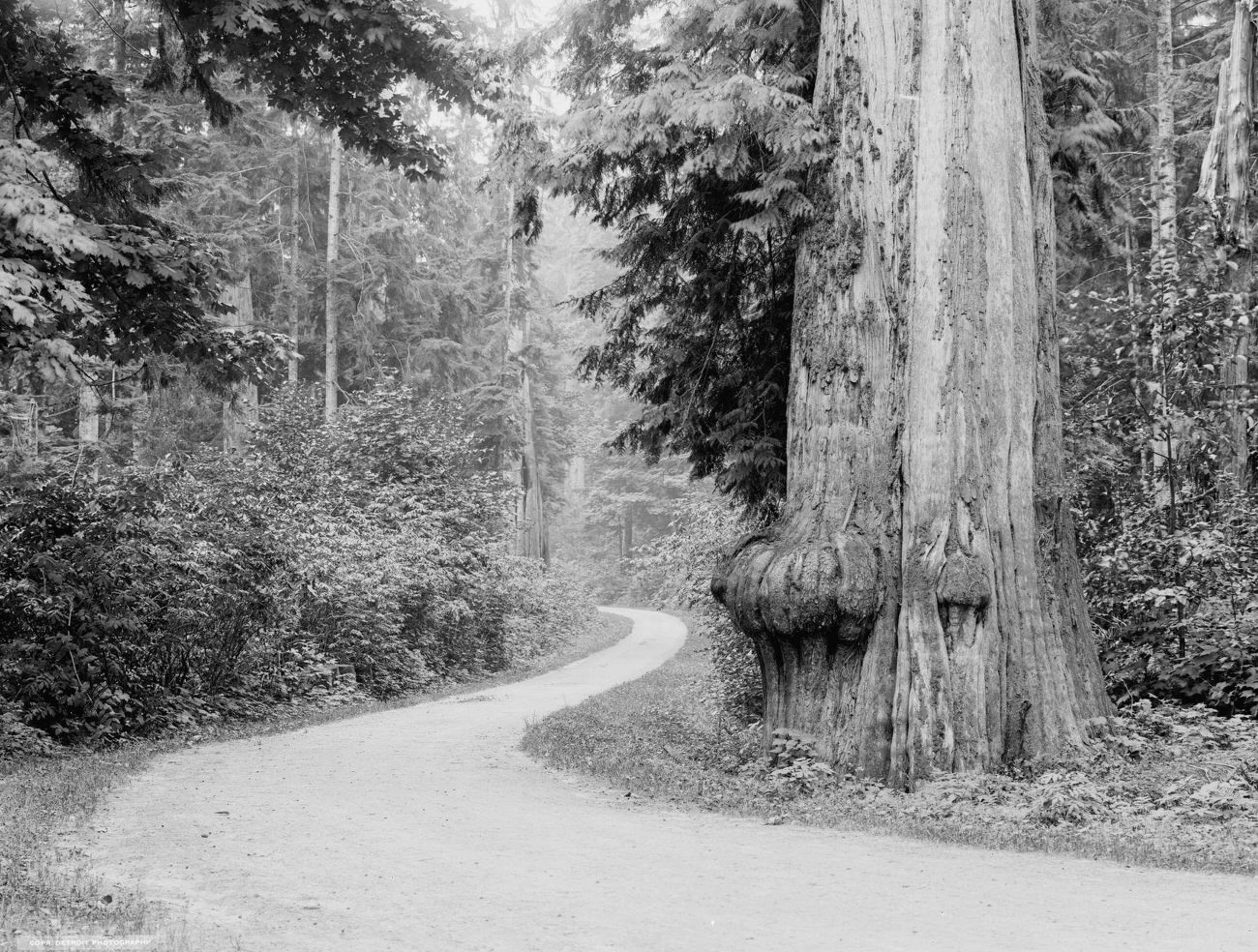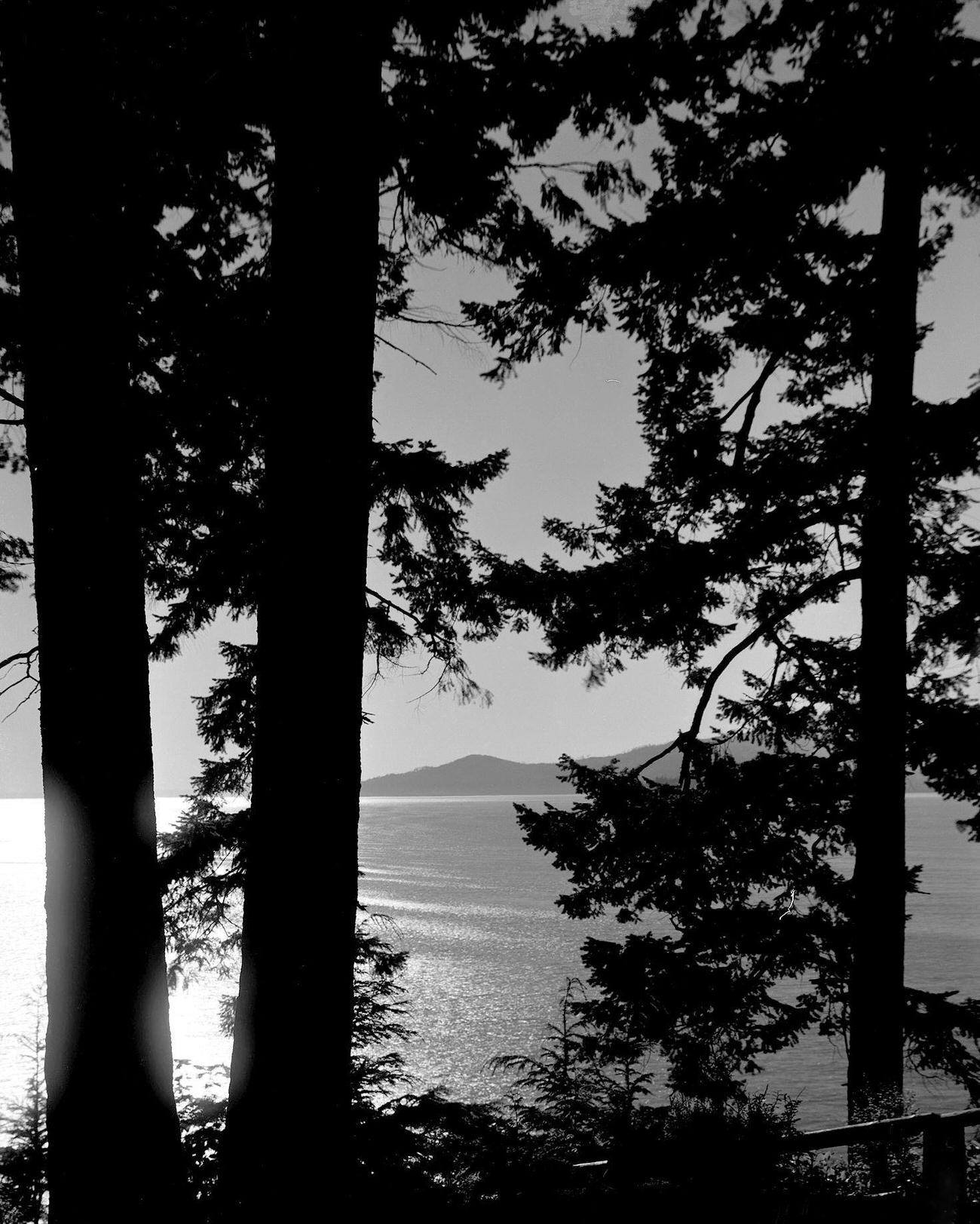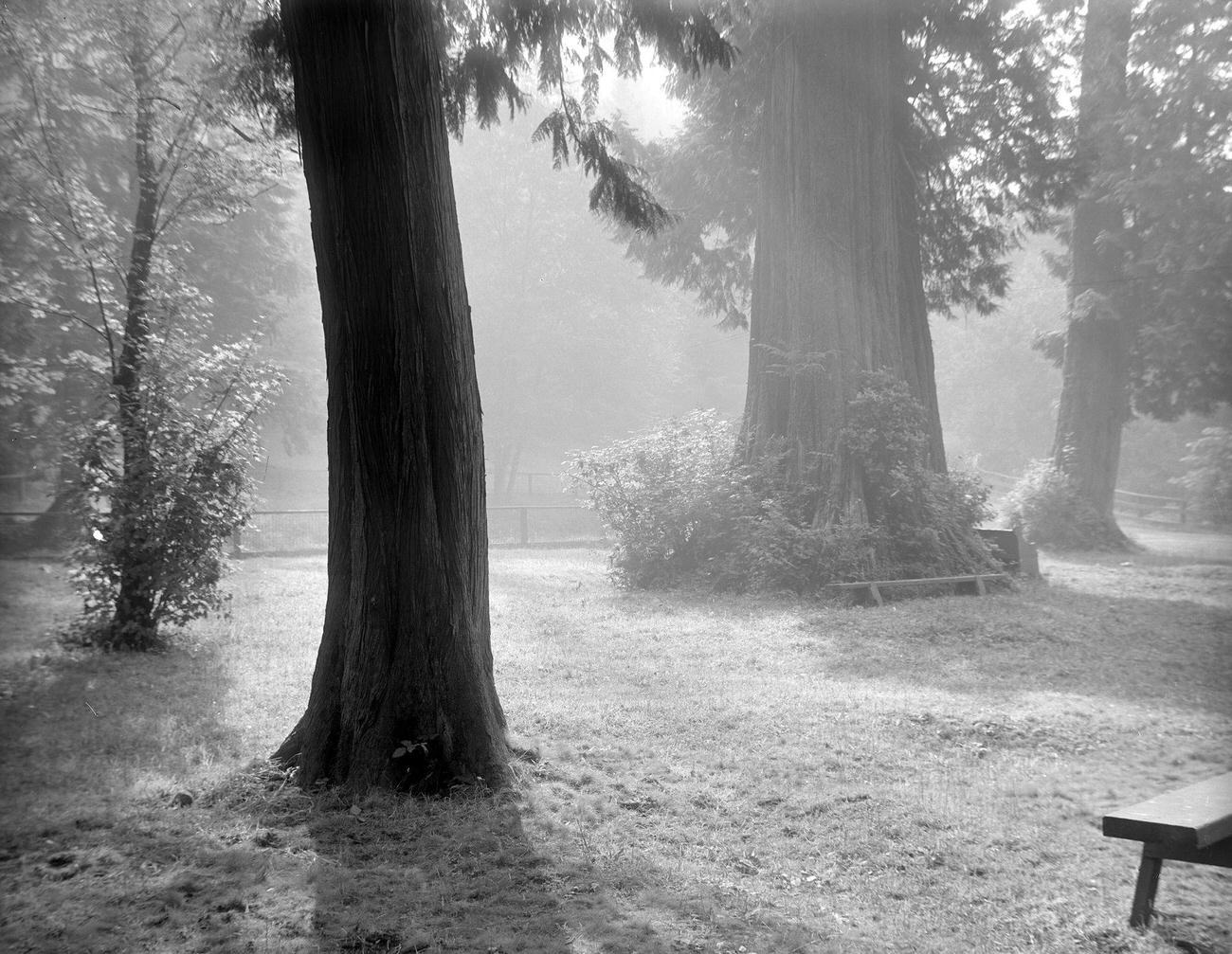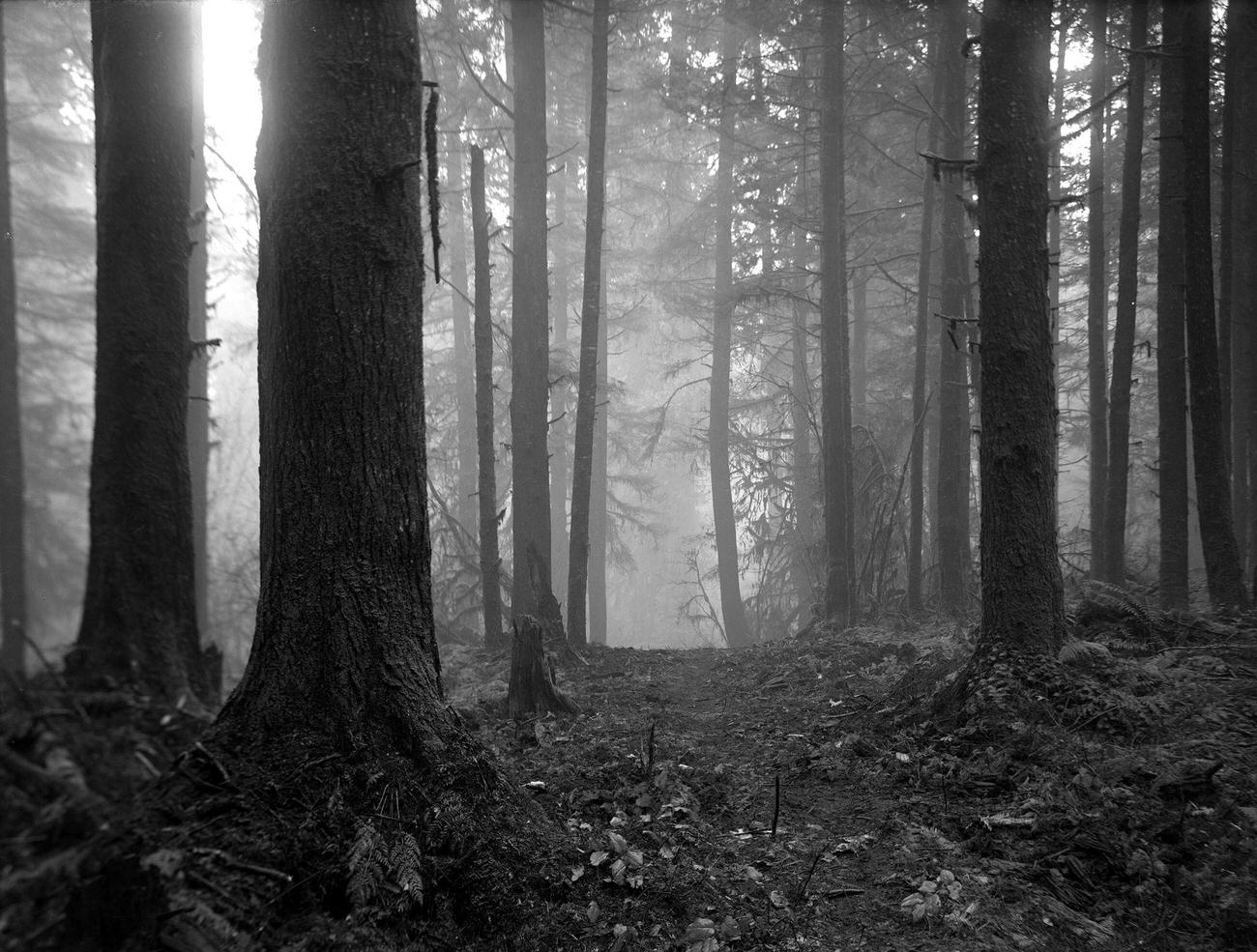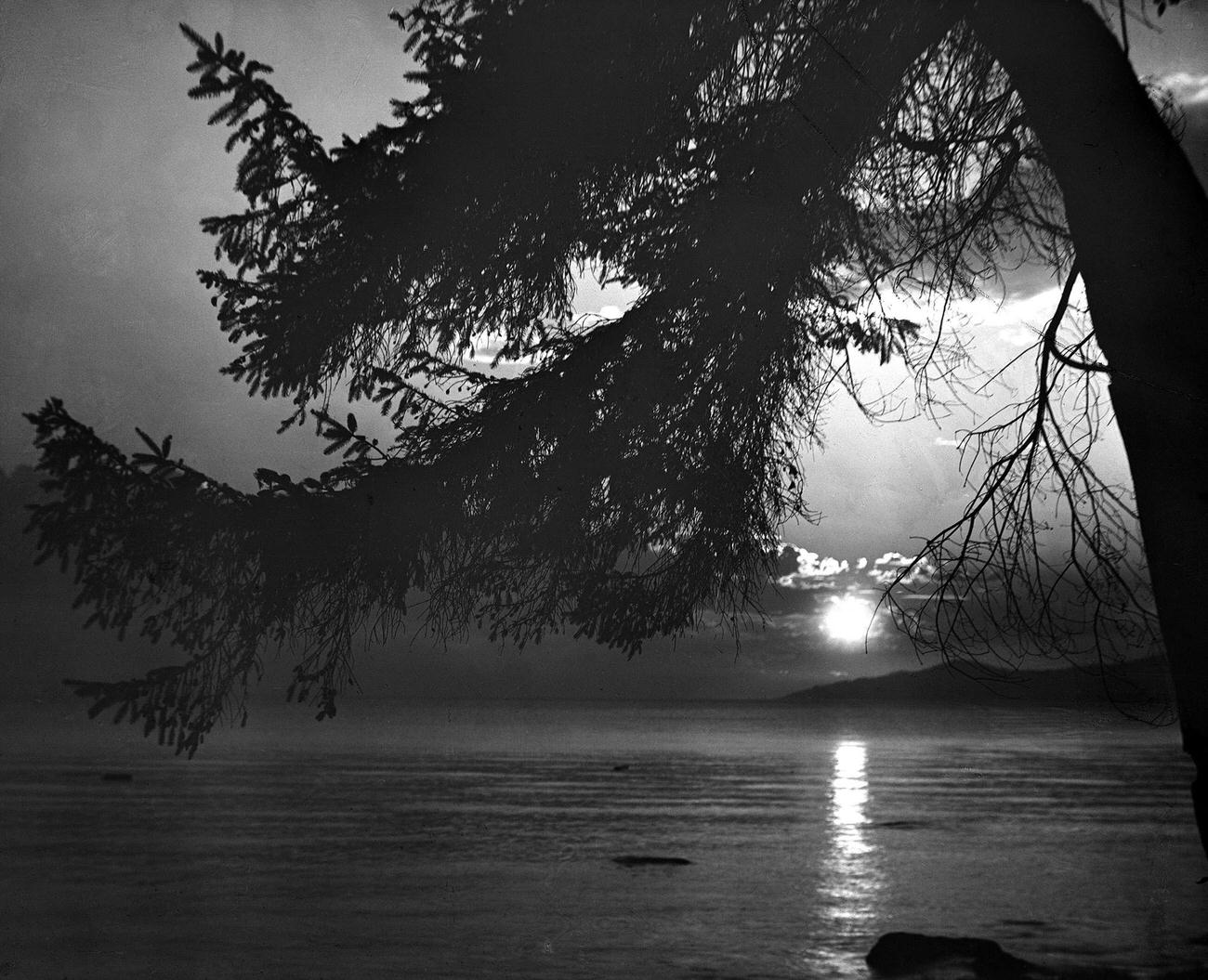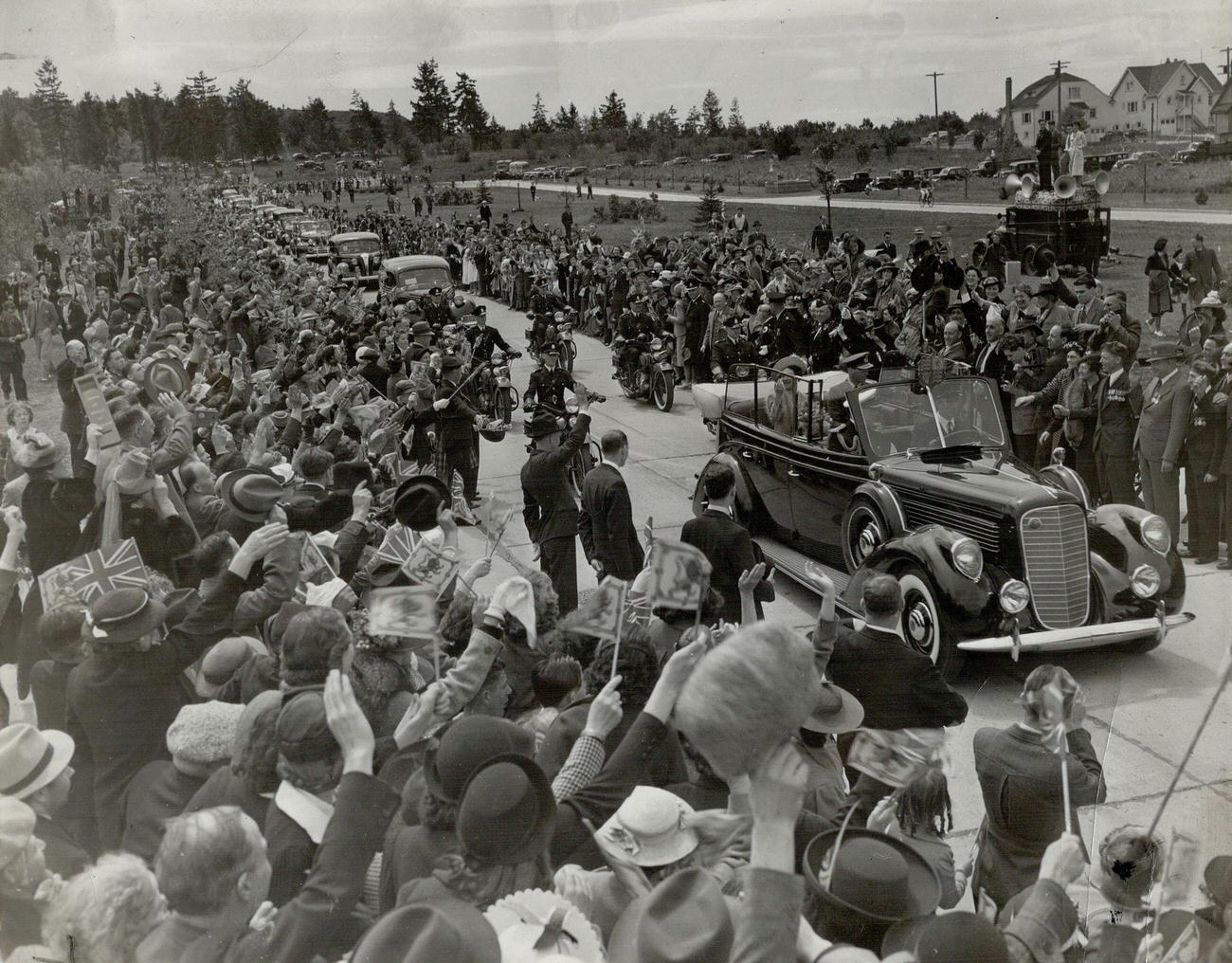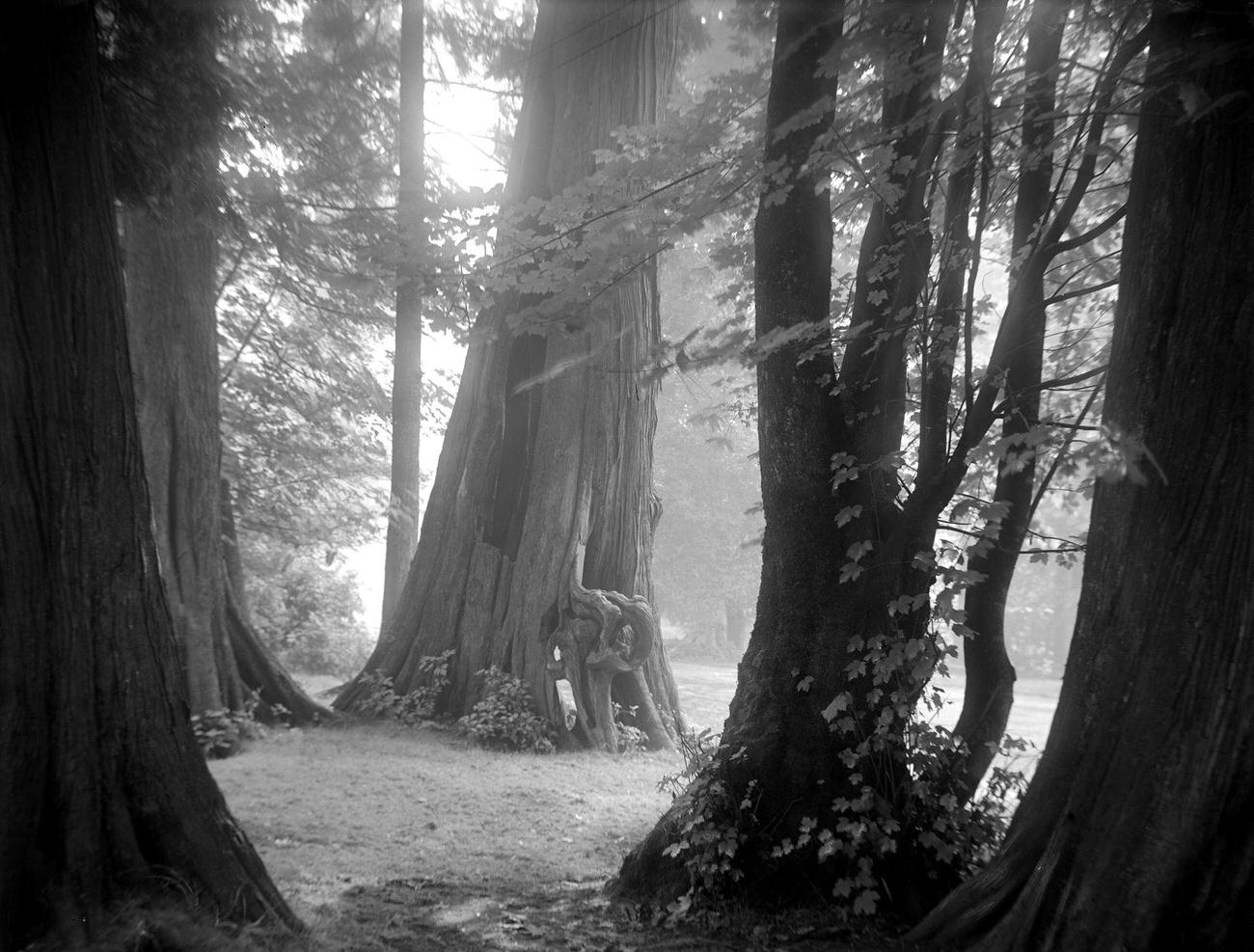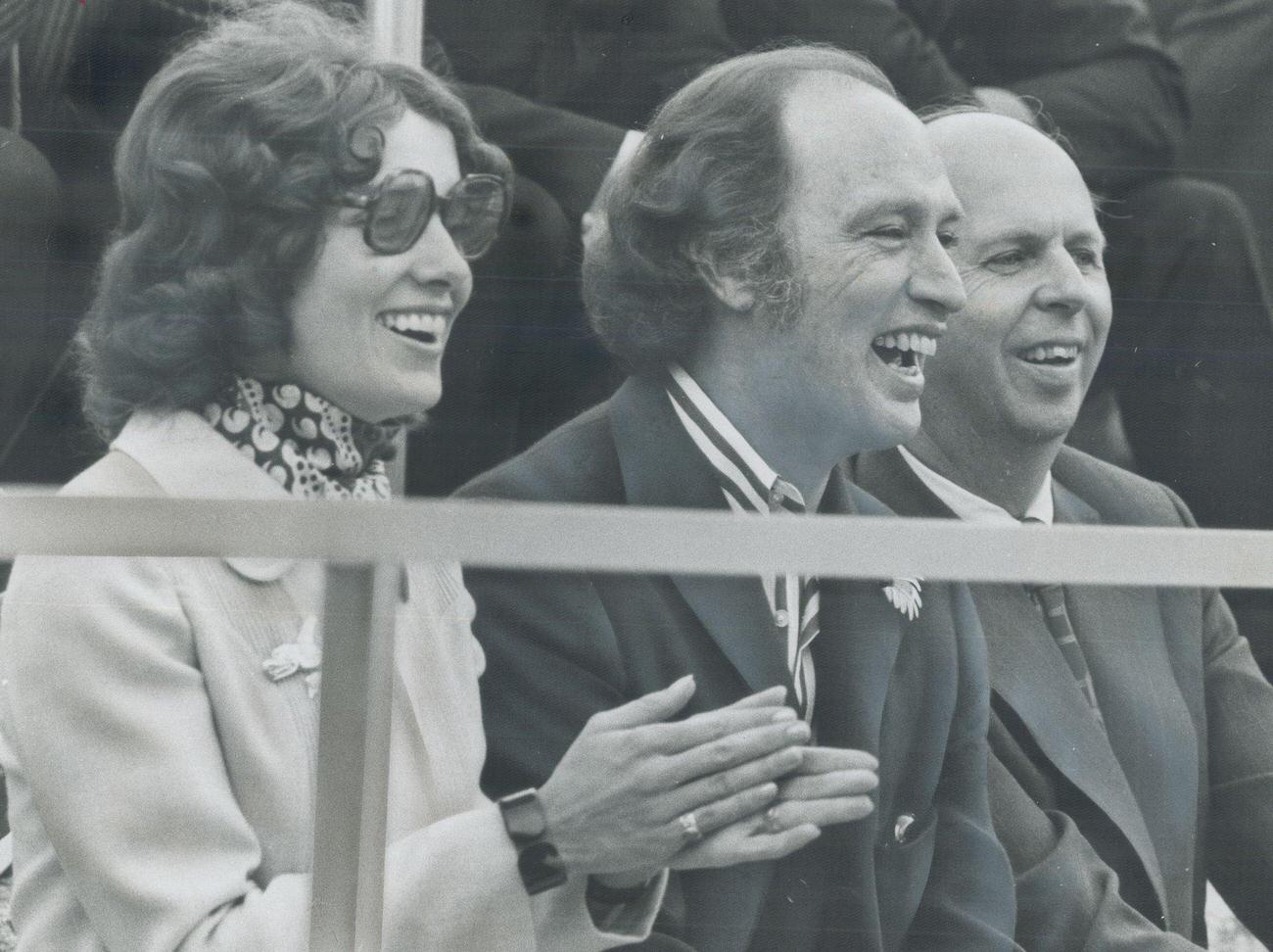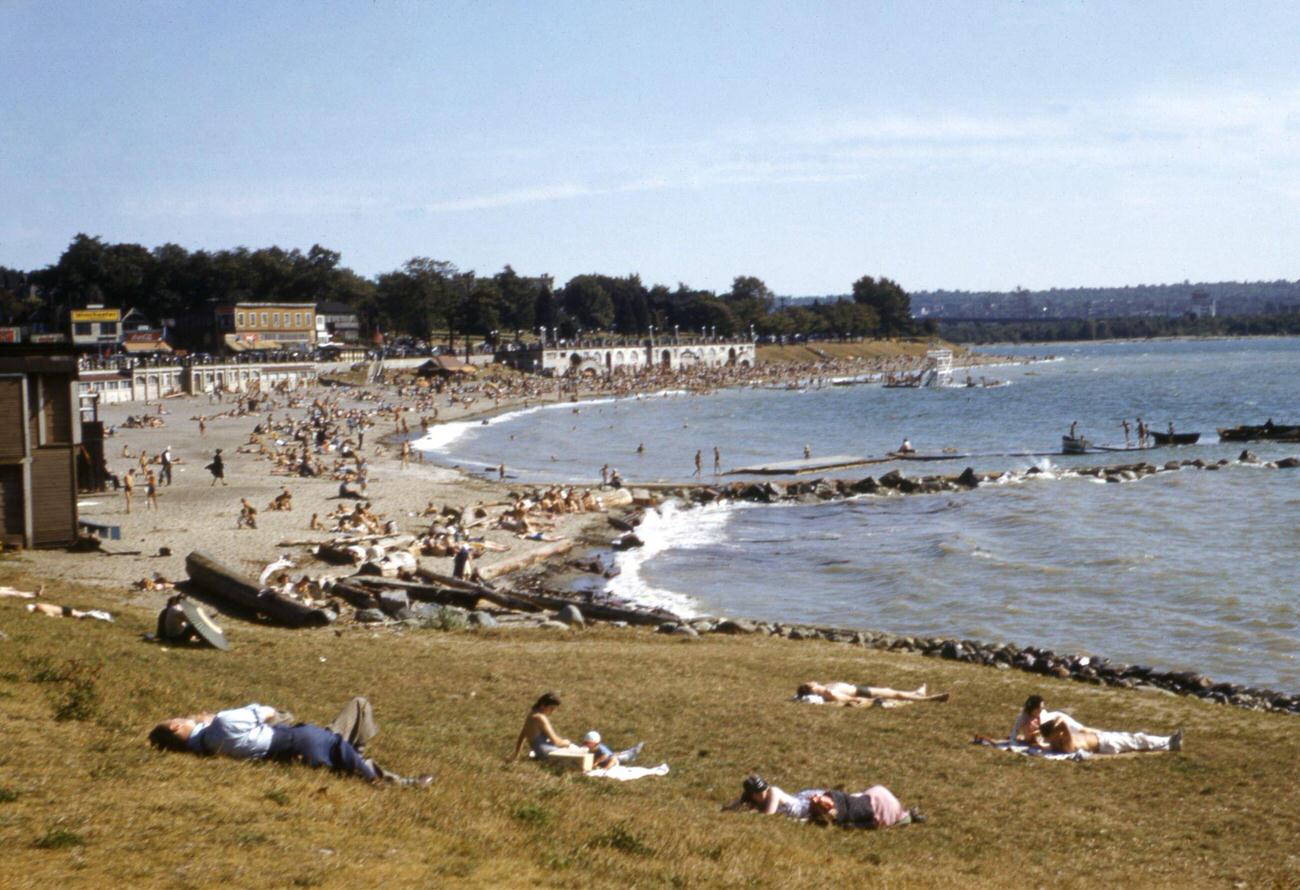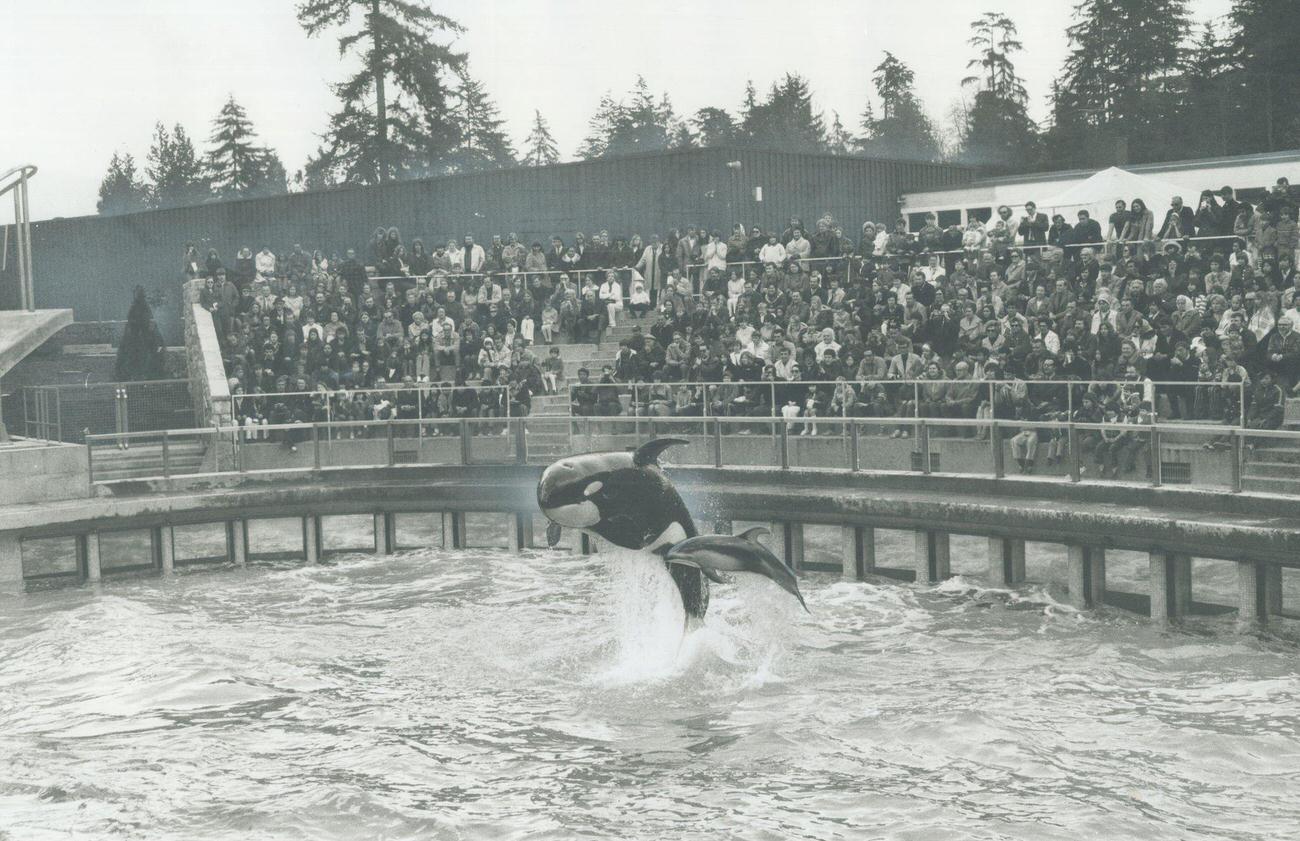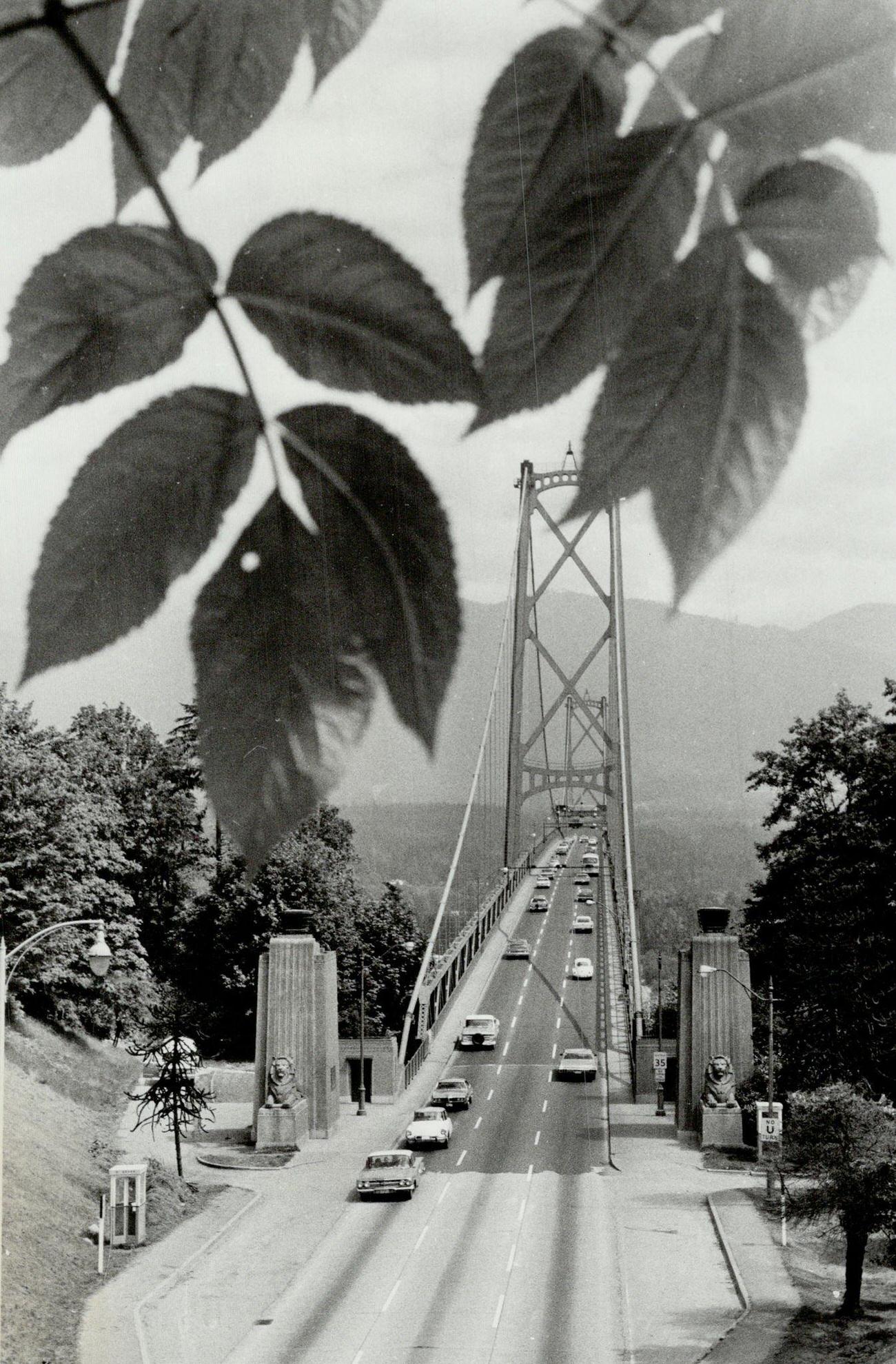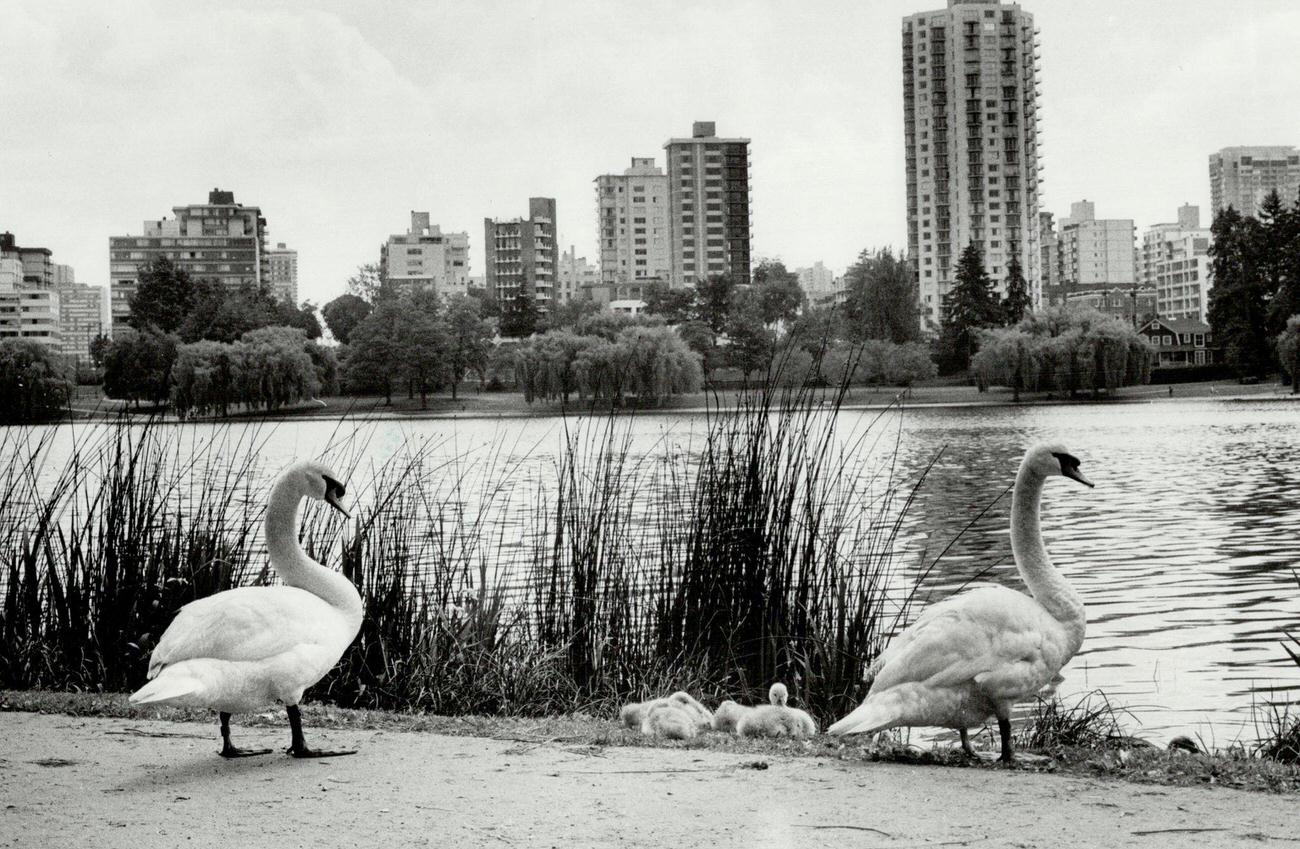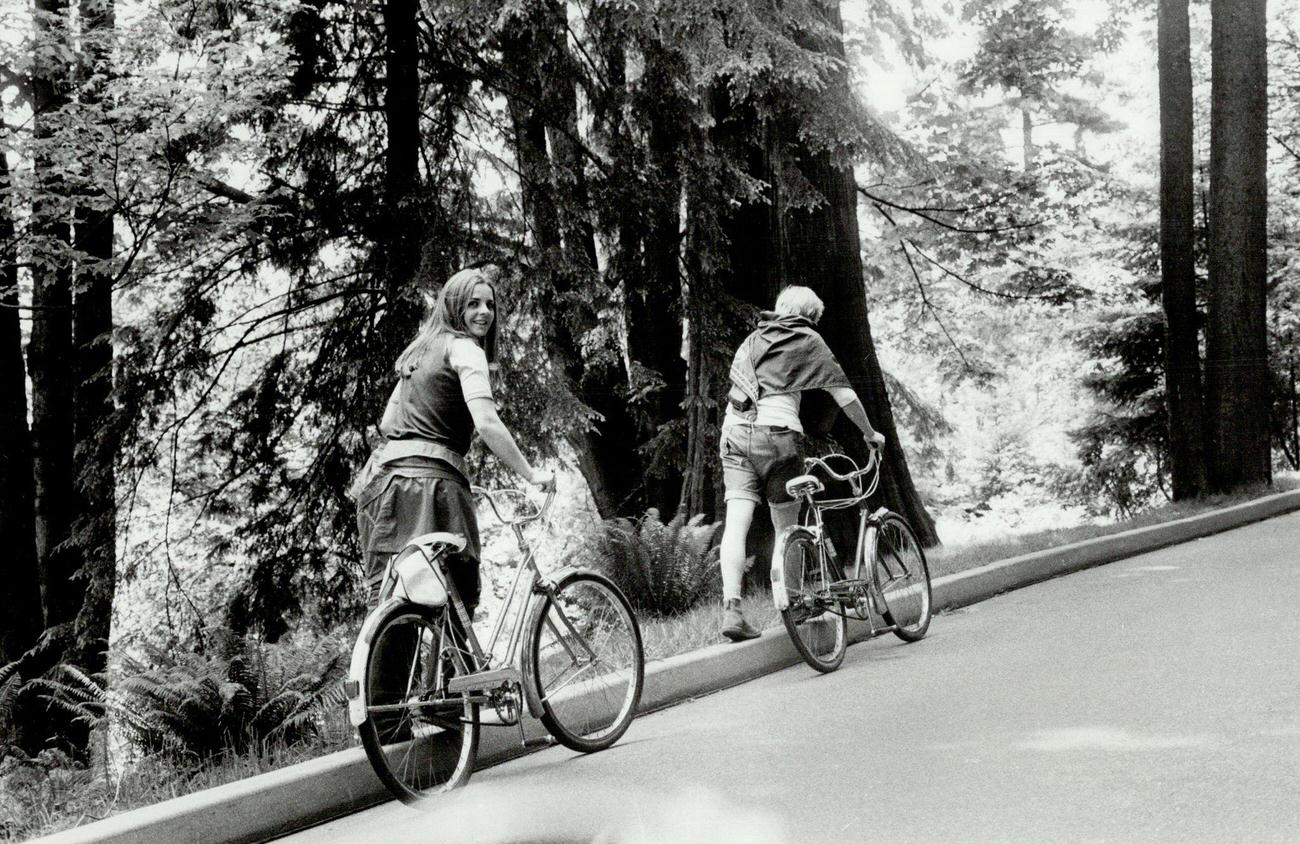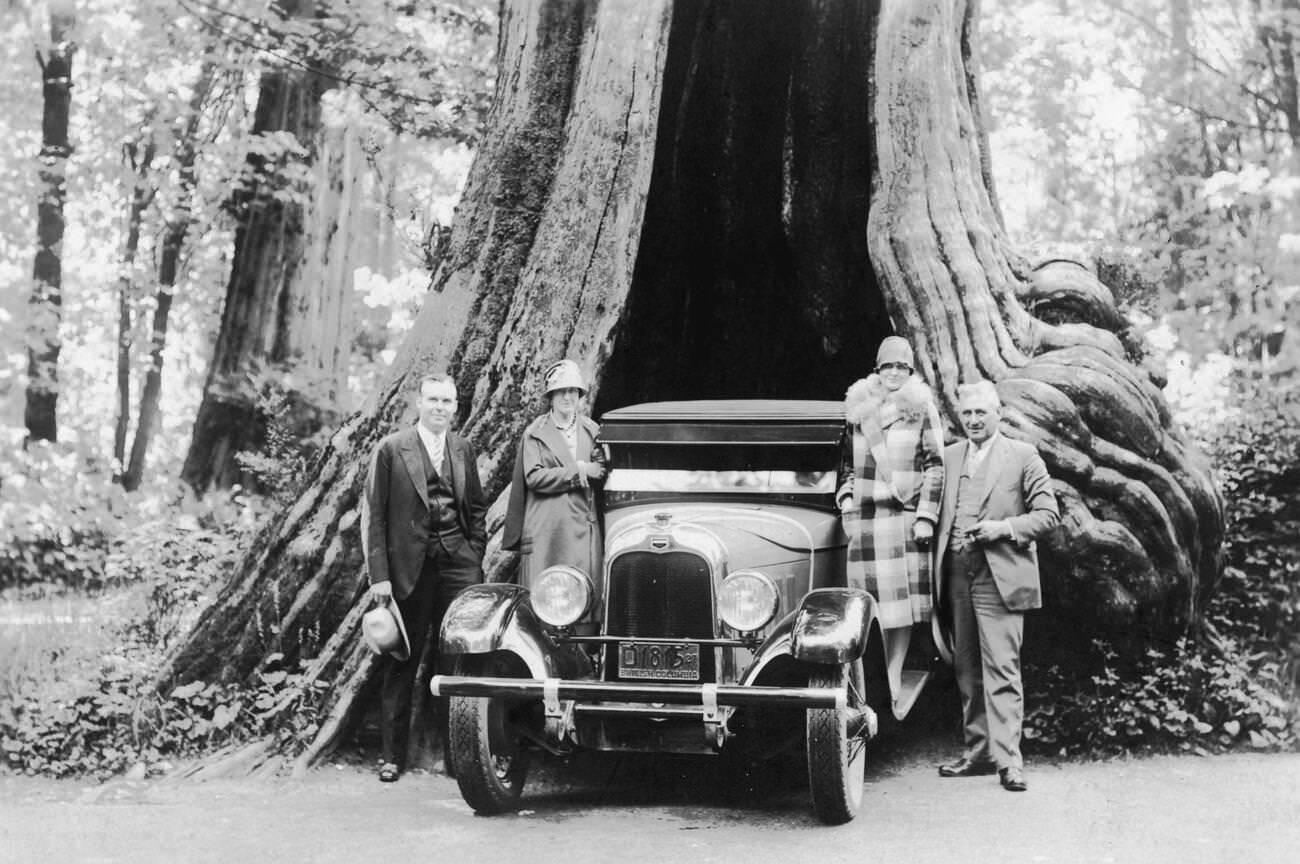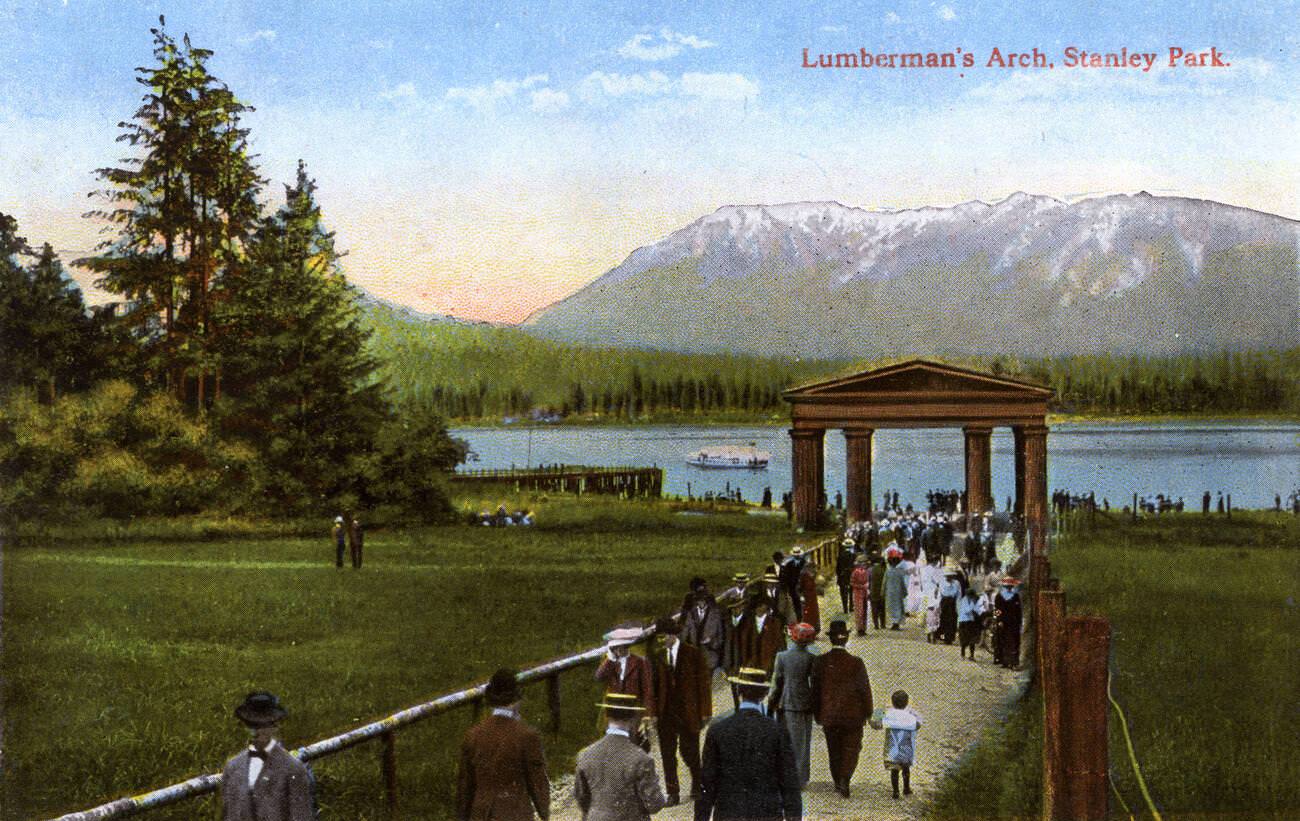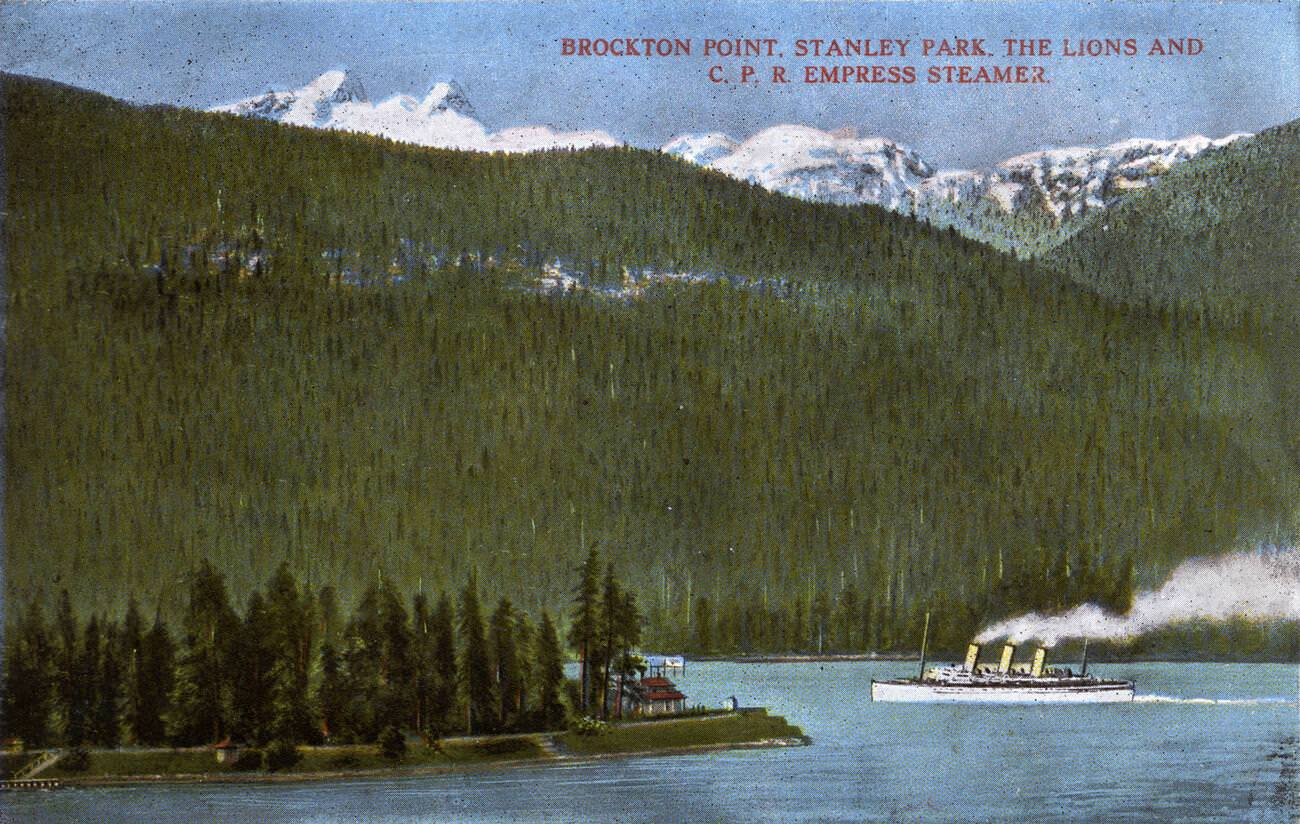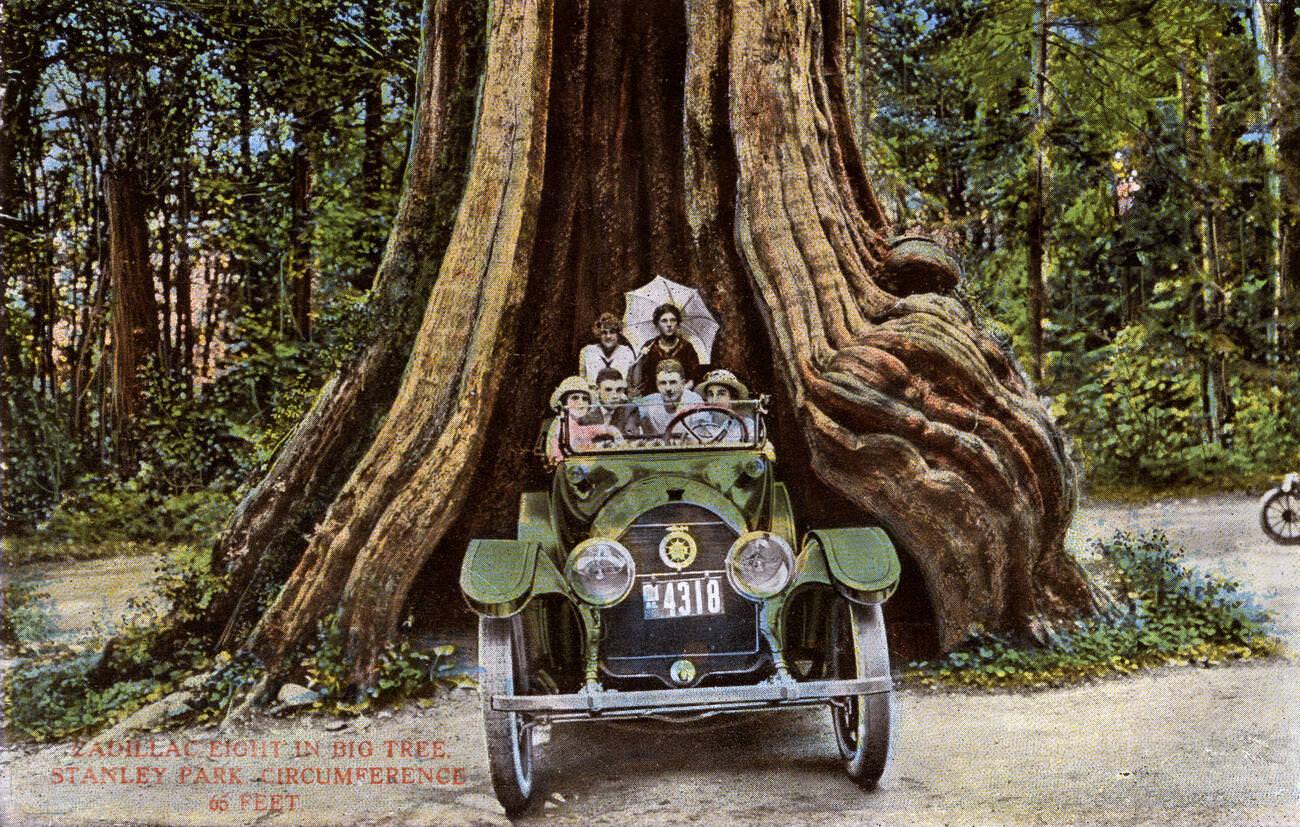Hello, history enthusiasts! Today, we’re taking a stroll through the lush paths of Stanley Park, Vancouver’s urban oasis. But wait, we’re not just walking through the park as it is today – we’re time-traveling back to the first half of the 20th century! Let’s see what this beloved park looked like from 1900 to 1950.
1900s: A Park Takes Shape
Imagine it’s the early 1900s. Vancouver is a growing city, and Stanley Park, named after Lord Stanley (yes, the same guy the Stanley Cup is named after), is becoming a favorite spot for locals. What’s it like? Well, it’s a lot wilder than today. Less manicured, more rugged. The park is a mix of dense forest and open spaces, with dirt paths winding through the trees. One of the most significant developments during this time is the completion of the Stanley Park Seawall.
1920s: The Roaring Times in a Tranquil Park
Now, let’s jump to the 1920s. The world is changing rapidly, but Stanley Park remains a serene escape in the midst of bustling Vancouver. It’s the era of jazz, flappers, and, yes, prohibition. While speakeasies are popping up in the city, the park remains a place for leisurely picnics and Sunday drives.
During this decade, one of the park’s most famous landmarks, the totem poles at Brockton Point, make their debut. These totem poles, brought from various Indigenous communities in British Columbia, add a unique cultural element to the park. They stand as silent sentinels, telling stories of the land and its first peoples.
1930s: A Park in the Great Depression
The 1930s roll in with the Great Depression, and Stanley Park becomes a refuge for many. The economic hardship of the era means that people are seeking inexpensive ways to entertain themselves, and what’s better than a day in the park?
But it’s not all leisure. The park also sees development during this period, with many projects undertaken as part of relief efforts to create employment. The park’s infrastructure, including roads and facilities, sees improvements, making the park more accessible and enjoyable for visitors.
1940s: War and Peace in a City Park
The 1940s are dominated by World War II, and even Stanley Park isn’t untouched by the global conflict. You might not think of a city park as playing a role in a world war, but Stanley Park has its own stories to tell from this era. For one, the park sees an increase in military activity, with troops using some areas for training.
Despite the war, life in the park goes on. The Vancouver Aquarium, an iconic fixture of the park today, begins its story in the late 1940s. The initial stages of planning and development are underway, setting the stage for what will become a major attraction in the years to come.
1950s: Post-War Boom and a Park in Bloom
As we reach the 1950s, the world, including Vancouver, is recovering from the war and experiencing a period of growth and optimism. Stanley Park reflects this era’s spirit with further developments and increased visitation.
1960s: A Cultural Revolution in a Green Oasis
This era brings a wave of change, not just in music and fashion, but in how people interact with their environment. The park becomes a popular spot for gatherings, concerts, and even protests – reflecting the spirit of the time.
One of the standout moments of this decade is the official opening of the Vancouver Aquarium in 1956, which quickly becomes a 1960s highlight. Imagine the excitement as the first public aquarium in Canada introduces visitors to the wonders of marine life.
1970s: An Era of Environmental Awareness
Fast forward to the 1970s, a time when environmental awareness is starting to take root globally. Stanley Park, with its dense forests and diverse wildlife, becomes a symbol of the natural world within the urban landscape of Vancouver. This decade sees increased efforts to preserve the park’s natural beauty while balancing the needs of its growing number of visitors.
The park also witnesses the development of new facilities and attractions during this era. The seawall, a project that started decades earlier, is finally completed in 1971, offering a scenic 9-kilometer path that encircles the park.
1980s: Expanding Attractions and Accessibility
The 1980s in Stanley Park are marked by a blend of conservation efforts and the introduction of new attractions. The park continues to be a haven for locals and tourists, with its mix of natural beauty and recreational facilities.
One of the key developments during this period is the expansion of the Vancouver Aquarium, adding new exhibits and becoming one of the city’s top attractions. The park also sees improvements in accessibility, with better paths and facilities, making it more welcoming to a broader range of visitors.
1990s: A Park for the Future
As we step into the 1990s, Stanley Park is facing the challenges of balancing conservation with urban development. This decade sees a renewed focus on preserving the park’s natural environment while also making it a space for cultural and recreational activities.
The 1990s also bring technological advancements, and with it, new ways for visitors to engage with the park. From interactive exhibits at the Aquarium to the use of technology in maintaining and managing the park, Stanley Park is stepping into the modern era.
The park’s natural beauty continues to be a major draw, with its lush gardens, towering trees, and scenic views. It’s becoming a must-visit destination not just for locals but for tourists as well.


